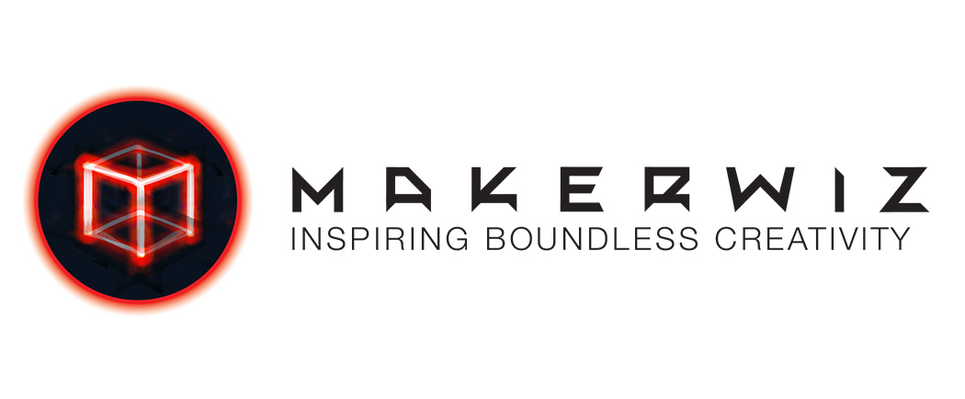Top Ten Trends in Consumer 3D Printing November 6, 2015 23:55
During my seminar at the recent TAVES Consumer Electronics Show north of Toronto, I shared my thoughts on the top ten trends in consumer 3D printing in the next 12 months. Here are the countdown to my top ten predictions:
10. Explosive Growth of 3D Innovations
- new technologies, including faster chemistry-based methods
- more brands, more models per brand, like the "Cambrian Explosion" in Earth's natural history 542 million years ago!
- more crowdfunded projects, especially look for Kickstarter campaigns for products and Indiegogo campaigns for related services
9. Rise of 3D Service Industry
- office manufacturing and service bureaus become commonplace
- printing networks will expand and consolidate
- rise of in-house 3D printing, 3D printing cafes, 3D printing farms, makerspaces and makerspace networks/associations and distributed 3D printing
8. 3D Design Goes Mainstream
- everyone can design in 3D with a new generation of user-friendly tools
- current top 10 most popular 3D design tools are: Blender, Sketchup, SolidWorks, AutoCAD, Maya, 3DS Max, Inventor, Tinkercad, ZBrush, Cinema 4D; others include 123D Design, OpenSCAD, Rhinoceros, Modo, Fusion 360, Meshmixer, Lightwave, Sculptris, Grasshopper and FreeCAD
- post-millennial students will be required to learn 3D design programs just like word processors, spreadsheets and photo-editing software.
7. 3D Scanning is the New Photography
- rise of 3D scanners allows us to capture people and things everywhere
- high-end digital cameras and smart phones will incorporate 3D scanning technologies
- historical archives and personal records in 3D, including cultural heritage sites and objects, people (before birth with ultrasound and after death in crime scene analysis), pets; specialized 3D repositories, analytics and big data of 3D files
6. New Composite Materials for 3D Printing
- hybrid filaments and resins revolutionize consumer 3D printing for more realistic prototypes and decorative objects
- new materials include composite PLA (containing copper, bronze, brass, wood, bamboo, carbon fibre, stainless steel, magnetic iron, conductive metal, coffee grinds, limestone), nylons and flexible materials, among others, from progressive suppliers like ColorFabb, Proto-Pasta and MakerBot
- composite materials will help extend the lifetime and usefulness of fused deposition modelling (FDM) or fused filament fabrication (FFF) printing
5. Industrial 3D Printing Technologies Trickle Down
- affordable stereolithography (SLA) and inkjet 3D printers coming soon to your desktop
- SLA printers from FormLabs and 3D Systems and inkjet printers from Canon and HP start competing for the consumer market
- higher quality of SLA and jetting printers will put high-end FDM/FFF systems under pressure
4. Wearables and Drones Drive Adoption of Consumer 3D Printing
- customized accessories and replacement parts for fashion, electronics and robotics have increasing demand
- made-to-order smart watch and other wearable accessories
- DIY quadcopter spare parts and other drone casings
3. Direct Digital Manufacturing Complements Global Supply Chains
- many products will be partially or completely manufactured locally, affecting almost all industries
- in the short term: dentistry and jewellery design; in the medium term: food and fashion industries
- in the longer term: architecture (building and bridges) and transportation (automobiles, boats, aircrafts, aerospace)
2. Consumer Recycling Machines Become Ubiquitous
- household grinders, desktop filament makers, new safety labels for plastic recycling
- local household recycling will redefine our lifestyle
- safety concerns: grinders and extruders should be child-proof; plastics with chlorine and other toxic content are not recyclable at home
1. Proliferation of Consumer 3D Printing in Educational Spaces
- schools embrace 3D equipment as educational tools integrated with the STEM curriculum
- libraries adopt 3D technology for constructing digital archives
- science and natural history museums use 3D printing to enhance visitors' experience and to build digital catalogs
Forecasting technology is always challenging. Check back this time next year to see how my predictions panned out!

